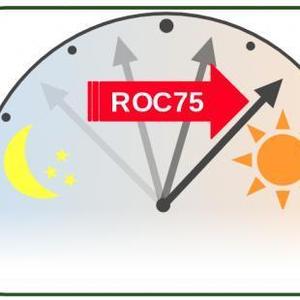Scientists find how clock gene wakes up green algae

SOURCE: Takuya Matsuo
August 17, 2020
BY Nagoya University
A team of researchers from Nagoya University, Japan, has found the mechanism of the night-to-day transition of the circadian rhythm in green algae. The findings, published in the journal PLOS Genetics, could be applied to green algae to produce larger amounts of lipids, which are a possible sustainable source of biofuel.
Green algae are photosynthetic organisms that live mainly in lakes and ponds and produce lipids internally. Like most organisms, green algae have a circadian clock, which regulates their daily photosynthetic activities. The mechanism of their circadian clocks, however, had not been previously explained.
The team of Takuya Matsuo of the Center for Gene Research and colleagues at Nagoya University has been conducting studies on circadian clocks using Chlamydomonas reinhardtii, a species of freshwater green algae.
Advertisement
Advertisement
"We had previously found that a gene called ROC75 is involved in the circadian rhythm of C. reinhardtii in some way," says Matsuo. In the new study, the team further investigated the role of ROC75 in the same species. The results suggest that the ROC75 gene functions from dawn through the day and helps change the green alga's circadian phase from night to daytime by suppressing the activity of night-phased clock genes.
To demonstrate it, the team artificially controlled the activity of ROC75. When ROC75 was inhibited, the alga's circadian rhythm wasn't observed. Then, when the activity of ROC75 was restored, the circadian rhythm resumed. Also, through multiple experiments, the researchers found that the alga's circadian clock restarted, ticking consistently just as if the morning had come. The team thus concluded that ROC75 plays a crucial role in changing green algae's circadian phase from night to daytime.
Advertisement
Advertisement
"This study showed that by controlling the activity of ROC75, we can wake up green algae whenever we want and thereby enhance their photosynthetic activities. In this way, we could make green algae produce larger amounts of lipids that can be converted into biofuel," says Matsuo.
"The role of ROC75 that we found may reflect a survival strategy used by green algae after the species decided to continue to live in water during its evolution. I believe this study takes a step forward in understanding the mechanism and the evolutionary history of circadian clocks in green plants."
Related Stories
The U.S. EPA on July 8 hosted virtual public hearing to gather input on the agency’s recently released proposed rule to set 2026 and 2027 RFS RVOs. Members of the biofuel industry were among those to offer testimony during the event.
The USDA’s Risk Management Agency is implementing multiple changes to the Camelina pilot insurance program for the 2026 and succeeding crop years. The changes will expand coverage options and provide greater flexibility for producers.
The USDA’s National Agricultural Statistics Service on June 30 released its annual Acreage report, estimating that 83.4 million acres of soybeans have been planted in the U.S. this year, down 4% when compared to 2024.
SAF Magazine and the Commercial Aviation Alternative Fuels Initiative announced the preliminary agenda for the North American SAF Conference and Expo, being held Sept. 22-24 at the Minneapolis Convention Center in Minneapolis, Minnesota.
Scientists at ORNL have developed a first-ever method of detecting ribonucleic acid, or RNA, inside plant cells using a technique that results in a visible fluorescent signal. The technology could help develop hardier bioenergy and food crops.
Upcoming Events










